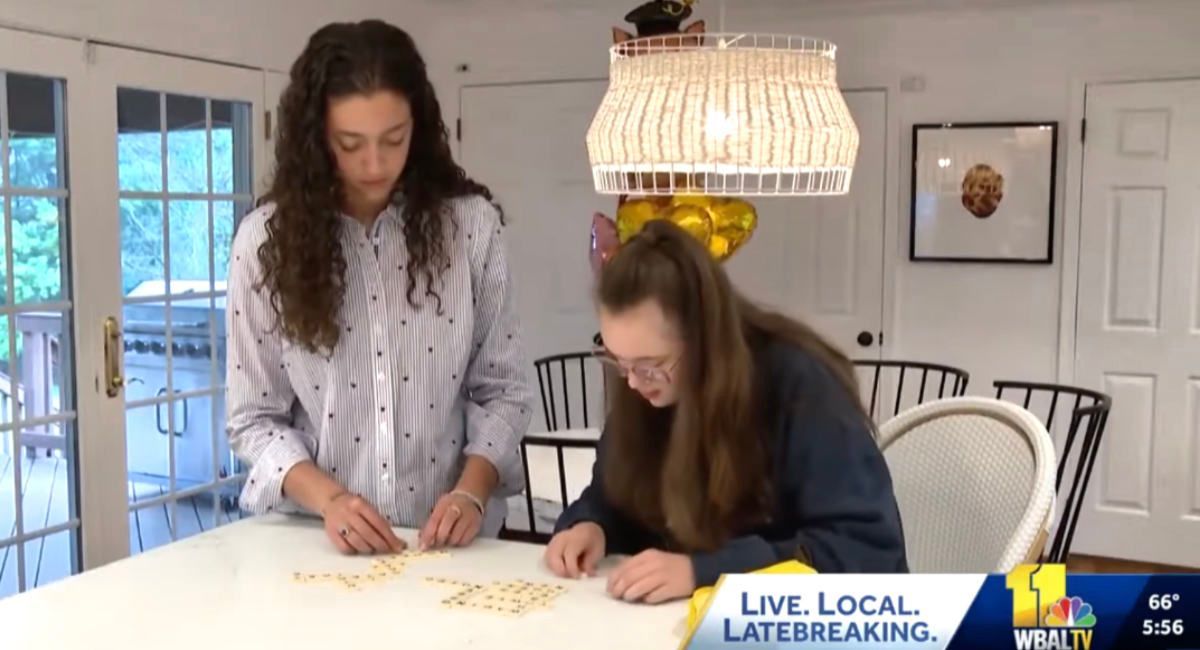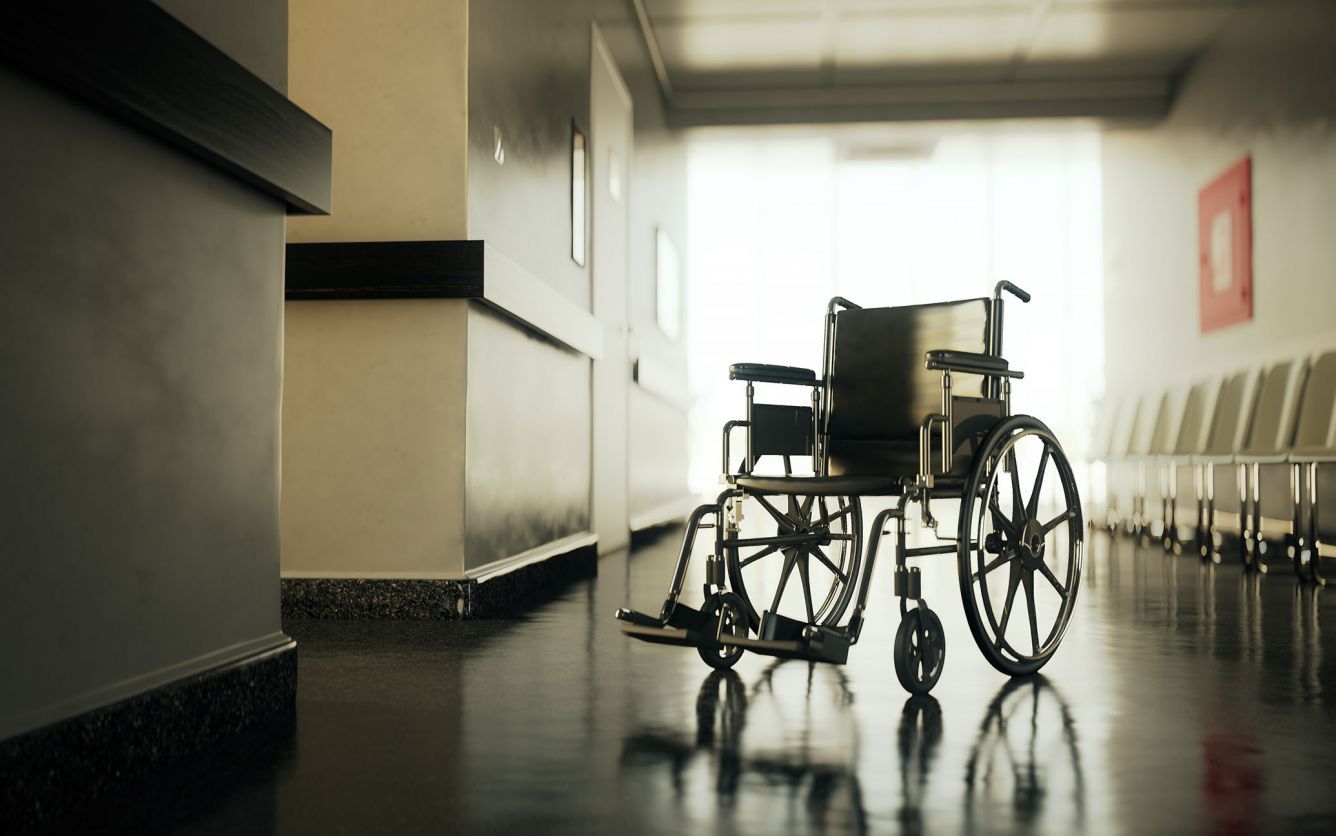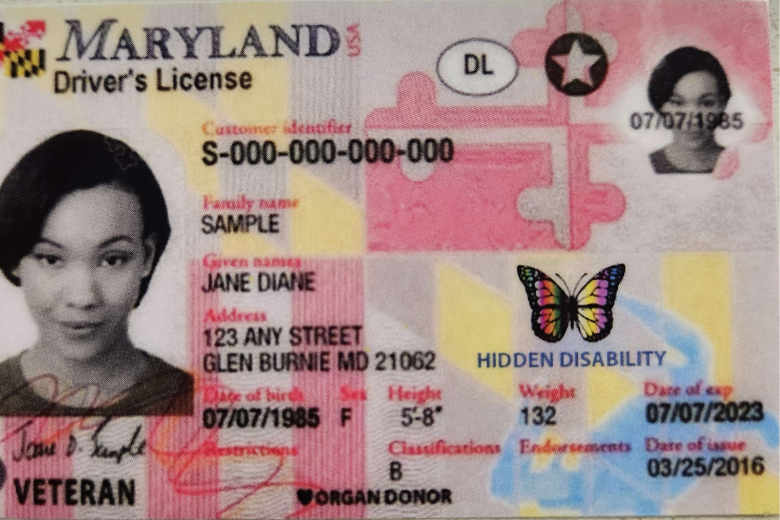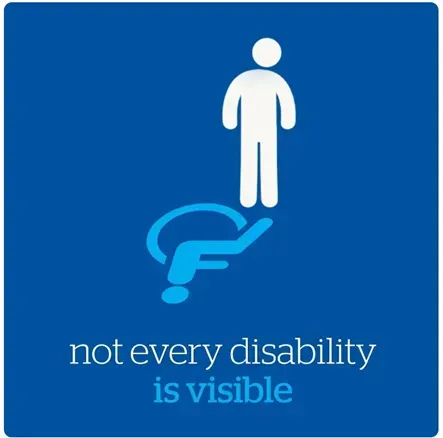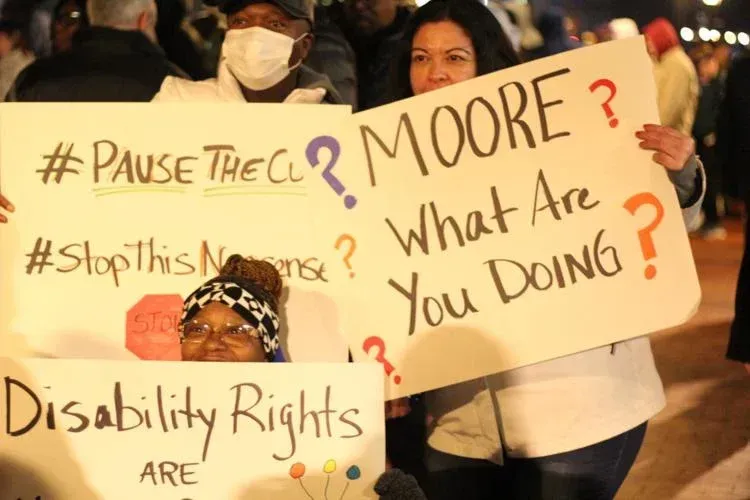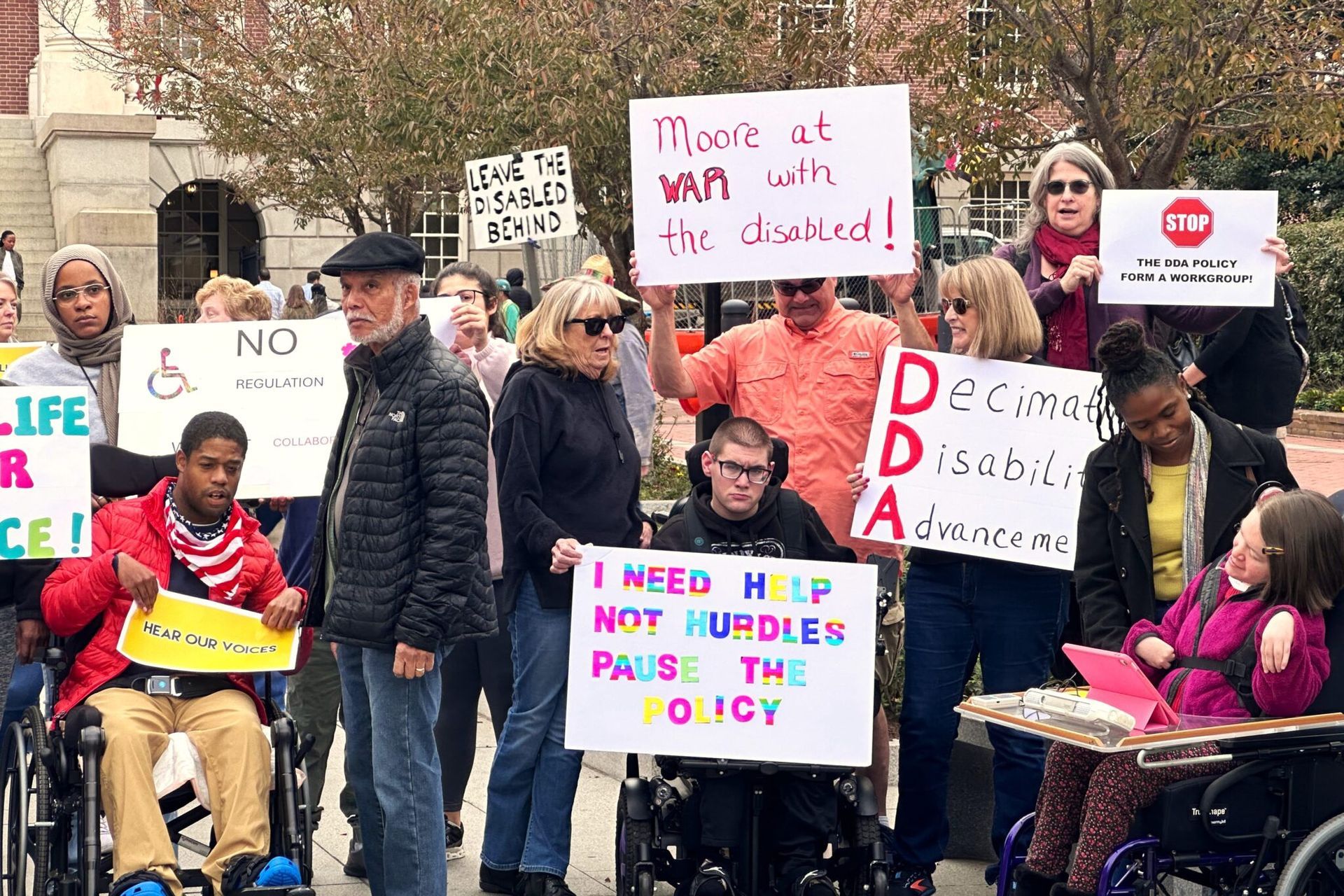Coronavirus Pandemic Challenges Those With Developmental Disabilities
PORTLAND, Ore. — Judy May realized she needed help when she heard her 53-year-old son, who has Down syndrome, sobbing in his room after yet another shouting match over the blue Oxford shirt he refused to change.
May, 80, had been caring for her son for about a year and a half after moving to Hood River from California, and Robbie May was becoming increasingly stubborn. She responded in kind, insisting he do the things she thought he had to do, the tension escalating into yelling.
“It was something in my brain that said he had to have a clean shirt. But it didn’t bother him,” Judy May said, recalling that February argument. “I was the one having trouble.”
Hearing her son cry was a wake-up call, and she soon arranged for support workers to come and start helping out eight hours a week.
“It was basically just somebody to be in the house,” she said.
But coronavirus derailed those plans for May and thousands of other families and individuals in Oregon that rely on state-funded services to help support loved ones with intellectual and developmental disabilities. The number of people receiving services has dropped precipitously since the pandemic started.
While coronavirus has separated most people from each other in one way or another, individuals with intellectual or developmental disabilities and their caretakers are at particular risk of the harmful effects of isolation. That’s because it’s become more challenging to ensure they receive services, activities and jobs that are vital to their emotional well-being.
So far this year, just over 19,000 people with disabilities have received state-funded services that can provide an escape valve for families and, in some cases, the only opportunity for people to socialize and develop life skills, at a cost of $362,470,000.
In April, the number of people going on state-funded day activities such as picnics, art classes and outings to the library dropped 82% from February because the state shut most of them down. In the same time, 10% fewer people with disabilities were getting help from care workers.
While the service numbers have been climbing in recent months, they’re still nowhere near pre-pandemic levels. About 1,500 people went on state-funded activities in August — the most recent month with available data — compared to about 3,900 in February, according to a newsroom analysis of Oregon Department of Human Services data.
Some of the many people who lost their state-backed jobs after Gov. Kate Brown’s March shut-down order have now returned. Meanwhile, the number of people getting direct care by August was down only 5% from February.
Some caregivers — who can serve multiple clients — fear infecting their clients or passing infections on to their own families, said Gabrielle Guedon, executive director of the Oregon Self Advocacy Coalition. In other cases, families are afraid of letting people inside their homes because their loved ones have underlying health conditions.
State officials have moved aggressively to make up for the loss in services through state-paid technology such as webcams, as well as by making it easier to get more hours of care from the support workers who are available.
But besides for the immediate impact, there’s also the likelihood of long-term damage that will take time to reverse, said Lilia Teninty, the state official overseeing Oregon’s services for people with intellectual and developmental disabilities. A key aspect of these services is helping people develop life skills, she said, and months of isolation mean people could need time to regain progress.
“I think there’s damage. I’m going to say, though — I don’t think it’s irreparable,” Teninty said. “It will take time, and it may take more time for some individuals than others.”
‘It’s just sad’
The impact of isolation can be devastating, said disabilities advocate Beth Kessler, interim director of the Oregon Council on Developmental Disabilities.
When services are taken away, people with intellectual and developmental disabilities don’t always have the tools to find other ways to socialize. Where one person might be able to make a video call to a friend or meet for a socially distanced coffee date at a park, an individual with disabilities is more likely to have to rely on others to do those things.
For the people Kessler advocates for, losing state-funded support “probably feels like a pretty catastrophic loss,” she said.
Shane Van Heule, who’s been diagnosed with Asperger’s syndrome, misses the job he had washing dishes at Stanford’s Restaurant and Bar in Clackamas. He’s been out of work for seven months.
“It’s important to me because it’s just part of life,” Van Heule said, not only because he could buy the clothes and video games he wanted but, most importantly, because he’s been cooped up at home with virtually no social outlet.
“It’s just sad,” said Van Heule, 29. “Because I really do miss my friends.”
People with disabilities also tend to be isolated because the public places where they could meet others are inaccessible or uncomfortable. That’s why day activities can be so integral to their well-being, Kessler said.
The isolation can lead to challenging behaviors, Kessler said — people expressing their needs by withdrawing, acting out physically or being more confrontational, just like other people, but to a greater degree.
“If someone is throwing tantrums, they’re throwing tantrums because they have an unmet need,” Kessler said.
That, in turn, can be trying on the primary caregivers. Some parents of people with intellectual or developmental disabilities have seen “extreme amounts of exhaustion,” Kessler said, which can lead to their own aggression, anger and irritability.
“They will lose it with someone they love because they are farther down in the hole than they thought possible,” Kessler said.
It’s important for families to remember that people lash out because they want to maintain a sense of control. So, the key is to let them keep that sense of control.
That’s exactly what Beckie Bither of Hermiston figured out with her son, who has been more and more prone to outbursts throughout the pandemic.
Ethan Bither, 27, can get angry if a caregiver tries to take his blue iPad from him when it needs to be charged. But it’s possible to prevent him from throwing things if a caregiver puts his black iPad next to him and lets him know that the blue one needs to be charged — whenever he is ready.
Soon enough, Beckie Bither said, he’s playing on the black one and the blue one is free.
“We need to pay attention to his behaviors,” she said, “because those are his words.”
Kessler said that’s exactly the kind of thing families should do — figure out methods that work for different individuals.
“You’re giving autonomy back to the person,” Kessler said.
‘He’s dancing!’
Robbie May didn’t seem to feel the urgency last Tuesday, even if his mother and sister did. It was the morning of his first group outing in seven months, and he needed to finish getting ready.
“Are you moving him along?” Judy May called to her daughter, who was in the bathroom helping Robbie May.
“I’m trying to,” called back the daughter, Rebecca Ochoa, who moved to Hood River from California to help her mother, who is now recovering from major surgery, and to take care of her brother.
Soon Robbie May emerged from the bathroom and into the living room, dressed and ready to go but for a blue glob on his face.
“You’ve got toothpaste on the side of your mouth, honey,” the mother said, handing her son a tissue.
Following close behind him with a cloth in her hand, the sister stepped up to Robbie May, held his chin up with her right hand and wiped the toothpaste off.
He had been grumpy all morning, needing repeated urging to clean the jam off his hands from the peanut-butter-and-jelly toast before heading out the door to a picnic at Toll Bridge Park, about 30 minutes’ drive south of Hood River. It was his first group outing since February, when he attended a Valentine’s Day party at a local library, although he had received some outside support beginning this summer.
Staff at the company organizing the Tuesday park trip knew Robbie May well. They remembered him as a dancer — he’d danced for hours straight at the Halloween party last year — and the music now playing at the park during lunch was disco.
“He’s dancing!” said a worker for Opportunity Connections, the not-for-profit that hosted the picnic for about 20 people with disabilities, as music played from a Bluetooth speaker.
“Go, Robbie, go!” another one said as May shimmied his way to the trash bin and back to the picnic table.
But Robbie May was mostly quiet that day, only standing up and dancing for seconds at a time. He gravitated to the three Opportunity Connections workers he knew best.
When he got home about five hours later, Robbie May immediately got to unpacking his lunch bag, which an Opportunity Connections worker had grabbed for him when he refused.
As his mother sat at the dining room table, he took out his bottle of Gatorade and put it in the refrigerator. He emptied a Tupperware container into the trash, then put two cookies staff gave him into a cupboard.
Judy May quizzed him about his time at the picnic, asking what prize he got when he won a round of Bingo.
“Anything else happen while you were out there?” Judy May asked.
“Oh,” he said, smiling. “Fun.”
His mother and sister broke out into a warm laugh.
Judy May said she was sure it was true, considering how long it had been since he saw any of his peers.
“I know he’s missed that,” she said.
© 2020 The Oregonian
Distributed by Tribune Content Agency, LLC

